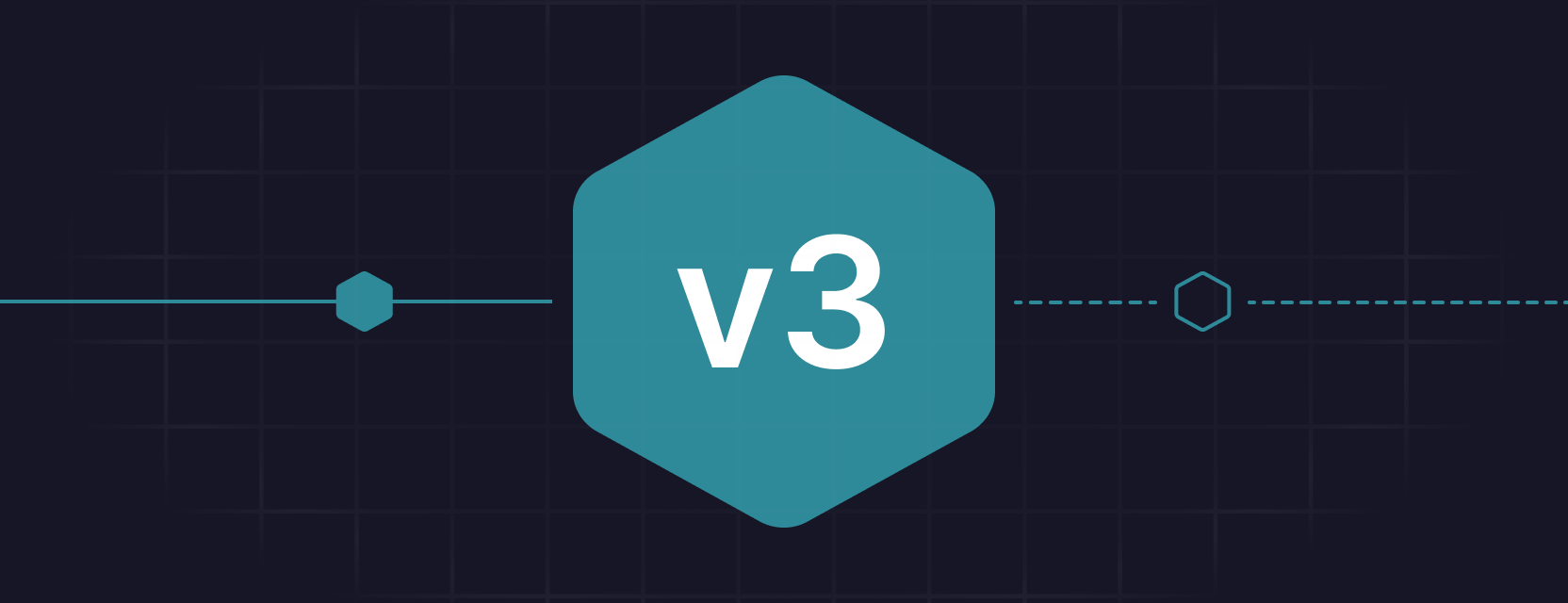AtomOne’s v3 upgrade is set to mark the next chapter in its unfolding story, reflecting months of debate and on-chain decisions. v3 will show how collective choice keeps governance, security, and token design moving forward.
Origins and Foundations #
AtomOne’s roadmap has guided every step. Phases -2 and -1 established the constitutional base. Phase 0 launched the chain. With v3, AtomOne enters Phase 1: Implementation, where governance improvements, token mechanics, and early treasury design move from vision to practice.
From the very beginning, AtomOne’s “living constitution” was built in the open. Community members shaped governance rules, software choices, and the roadmap through forums, town halls, and the GovGen chain. Token distribution followed the same path, with community-ratified proposals guiding airdrops, the Community Pool, and the Treasury DAO.
The AtomOne Constitution formalized this framework. It defines the roles of ATONE and PHOTON, establishes proposal types and amendment rules, and sets requirements for deposits and quorum:
ATONE shall be the governance token, used for staking and securing the network and exercising voting rights. PHOTON shall be the fee token, used for transaction costs and spending.
The Fundamentals of AtomOne #
AtomOne was designed to change with the community. Its focus remains true to the original Cosmos vision: transparent governance and direct delegator responsibility, which v3 will reinforce with mechanisms like dynamic quorum and dynamic deposits.
Validators secure the chain. Delegators govern it. That separation of powers is central to AtomOne. The Constitution makes this principle clear:
Each delegator shall exercise voting rights independently of validators, and no validator shall exercise governance rights on behalf of delegators.
The dual-token model assigns responsibilities cleanly: ATONE for governance and staking, PHOTON for fees and spending. Prop 10 already activated PHOTON-only fees, completing a long-standing design goal. v3 will bolster this separation by converting most Community Pool and Treasury DAO holdings into PHOTON through Prop 14.
Proposals That Shaped v3 #
Community governance around Proposals 9-15 is setting the stage for v3. Some will land in this release, others point ahead, but all are part of a roadmap in motion.
- Prop 9: Dynamic deposits will make it so proposal costs rise when governance activity spikes and fall when it cools. It will also burn proposals deposit if the percentage of no votes exceeds threshold. Will be implemented in v3.
- Prop 10: Activated PHOTON-only fees immediately, completing the fee side of the dual-token model before v3.
- Prop 11: Added dynamic quorums that adjust governance turnout requirements to real participation. Will be implemented in v3.
- Prop 12: Signaled support for the Nakamoto Bonus to improve decentralization, scheduled for v4.
- Prop 13: Attempted to signal the DynamicFee module but failed quorum.
- Prop 14: Converted most ATONE in the Treasury and Community Pool into PHOTON. Will be implemented in v3.
- Prop 15: Resubmitted DynamicFee, passed, and will be included in v3 as an adaptive fee system responding to network load.
What’s in v3? #
The v3 upgrade will put four proposals into practice:
- Prop 9: Dynamic deposits, plus deposit burn if “No” votes dominate quorum
- Prop 11: Dynamic quorums based on participation
- Prop 14: Conversion of Community Pool and Treasury DAO holdings into PHOTON
- Prop 15: Adaptive fees with the DynamicFee module to reduce spam
You can see the technical plan for changes here.
Looking Ahead #
The roadmap shows v3 is only one step. DAO activation comes next, with charters and laws for the Steering, Oversight, and Build DAOs still to be ratified. These DAOs will give the community direct tools to manage AtomOne.
Development of ICS1 is happening in parallel. Once complete, it will let AtomOne host consumer chains, potentially starting with a GnoVM shard that will make smart contracts viable at scale.
Phase 2 will reshape validator incentives and interchain security, pointing toward a future where validators provide security as a service to consumer chains. Around this timeline is also where a “Governors” system may emerge, allowing delegators to direct their voting power through merit-based delegation.
The Nakamoto Bonus, already signaled in Prop 12, is expected in v4 and will strengthen decentralization by rewarding delegations that spread voting power more evenly across validators.
Phase 3 will extend governance across zones. Oversight DAOs will be able to reject proposals from zones. Steering DAOs will coordinate parameters through IBC. Treasury DAOs will expand, increasing the reach of community-controlled funding.
The “three-layer cake,” a metaphor introduced by Jae Kwon, captures this trajectory: infrastructure first, then smart contracts, then applications. v3 will strengthen the base layer. Gno.land and other consumer shards will bring the second. Together, they prepare the way for the third: user-facing applications with real-world impact.
The Path Forward #
The following milestones for AtomOne are not only technical but also social. DAO activation will require community review and approval of charters and laws, in line with the Constitution:
The Steering DAO, Oversight DAO, and Build DAO shall be established by governance, with powers and limitations defined by charter and subject to amendment by law.
These frameworks will define AtomOne’s DAOs and prepare the chain to host a GnoVM shard when ICS goes live. Decisions about Treasury use will come next, followed by validator incentive design in Phase 2.
Proposal 13 failed because quorum was missed. Proposal 15 passed because voters turned out. AtomOne’s path forward will continue to be decided by who shows up. v3 will lay the foundation, the roadmap will remain in motion, and what happens next will be in the community’s hands. Become a contributor on the repo and help shape AtomOne’s journey.
